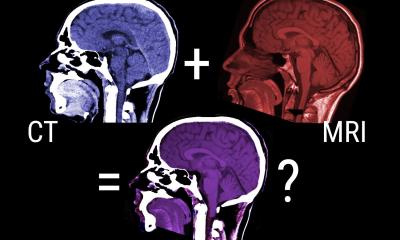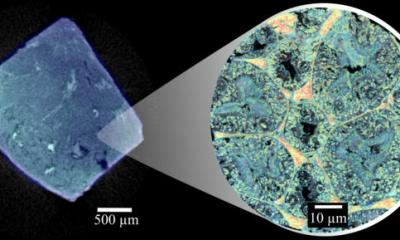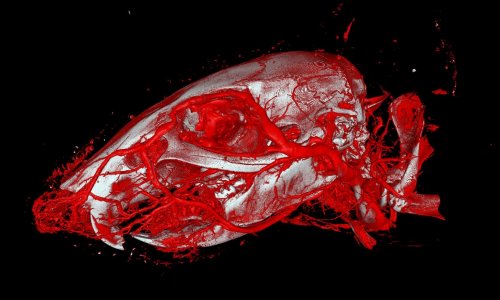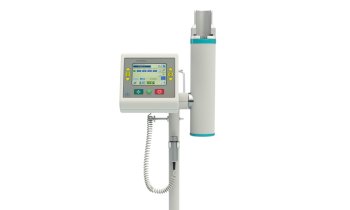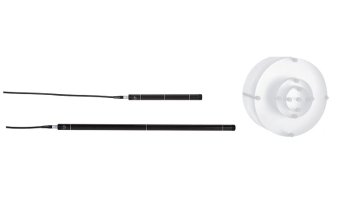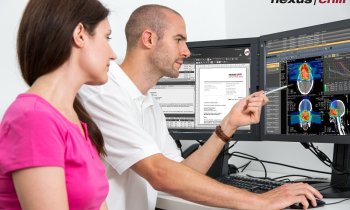Early detection of fungal infection critical for immunocompromised patients
Despite the increasing capabilities of CT to detect or identify disease, fungal infections continue to elude diagnosis by imaging. Paradoxically, a CT examination has been demonstrated to be a powerful tool, helping to identify a probability of infection among immuno-compromised patients early enough to effectively treat the condition.

In his presentation at ESTI 2012 on “Capabilities and Limitations of Imaging of Fungal Infection,” Tomas Franquet Casas, MD, from the Hospital de Sant Pau in Barcelona will explain this riddle while sharpening the skills of radiologists to interpret the cryptic traces of deadly fungal infections.
The leading author of “Spectrum of Pulmonary Aspergillosis: Histologic, Clinical, and Radiologic Findings” published in Radio- Graphics in July, 2001; Franquet is also the author of the textbook, “Imaging of Pulmonary Infections”, with Nestor L. Müller, MD, at Vancouver General Hospital. Mortality is high among immuno compromised patients with neutropenia. The most severe and aggressive is angio invasive aspergillosis. If the infection is not detected early enough to be treated, mortality is 90%. A landmark study published by Heussel, Kauczor, et al. in the Journal of Clinical Oncology in March, 1999 showed that a CT exam can identify a fungal infection in neutropenic patients and transplant recipients five to seven days before the disease appears on a chest x-ray.
The protocol, widely adopted in the wake of these findings, says that if the patient is presented with a fever, then within 48 hours after detecting the fever, a CT scan should be ordered to exclude that the source of the fever is from the lung. Suspicion alone can be enough to justify the exam.
“A normal chest radiograph should not exclude the diagnosis of pulmonary infection, because the radiograph can lag behind the clinical findings by several days,” Franquet said. “A CT exam should be performed, as it is much more sensitive than conventional chest radiography.”
Where the specificity and sensitivity of the exam are low among a normal group of patients, they increase significantly among immunocompromised patients with neutropenia. “While CT imaging provides a significant tool for assessing the probability of infection, it also proves to be challenging for radiologist to interpret the findings”, Franquet said, who will summarize approaches available for diagnosis to help reach a consensus in a multi-disciplinary group on what is best for the patient.
For your diary
Capabilities and limitations
of imaging of fungal infections
Session ”Fungal infections
& haematopoietic stem cell
transplantations”
Tomás Franquet Casas, Barcelone, Spain
Friday June 22 at 14:50 – 15:10
####
Profile
Tomas Franquet Casas is the Director of Thoracic Radiology at the Hospital de Sant Pau in Barcelona, Spain and a Professor of Radiology at the Universitat Autónoma de Barcelona. A member of the Fleischner Society, his special interest is diffuse lung diseases with radiologic-pathologic correlation for pulmonary infections. He has published 90 peer-reviewed articles, is the coauthor of six books, and has contributed 25 book chapters.
19.06.2012



